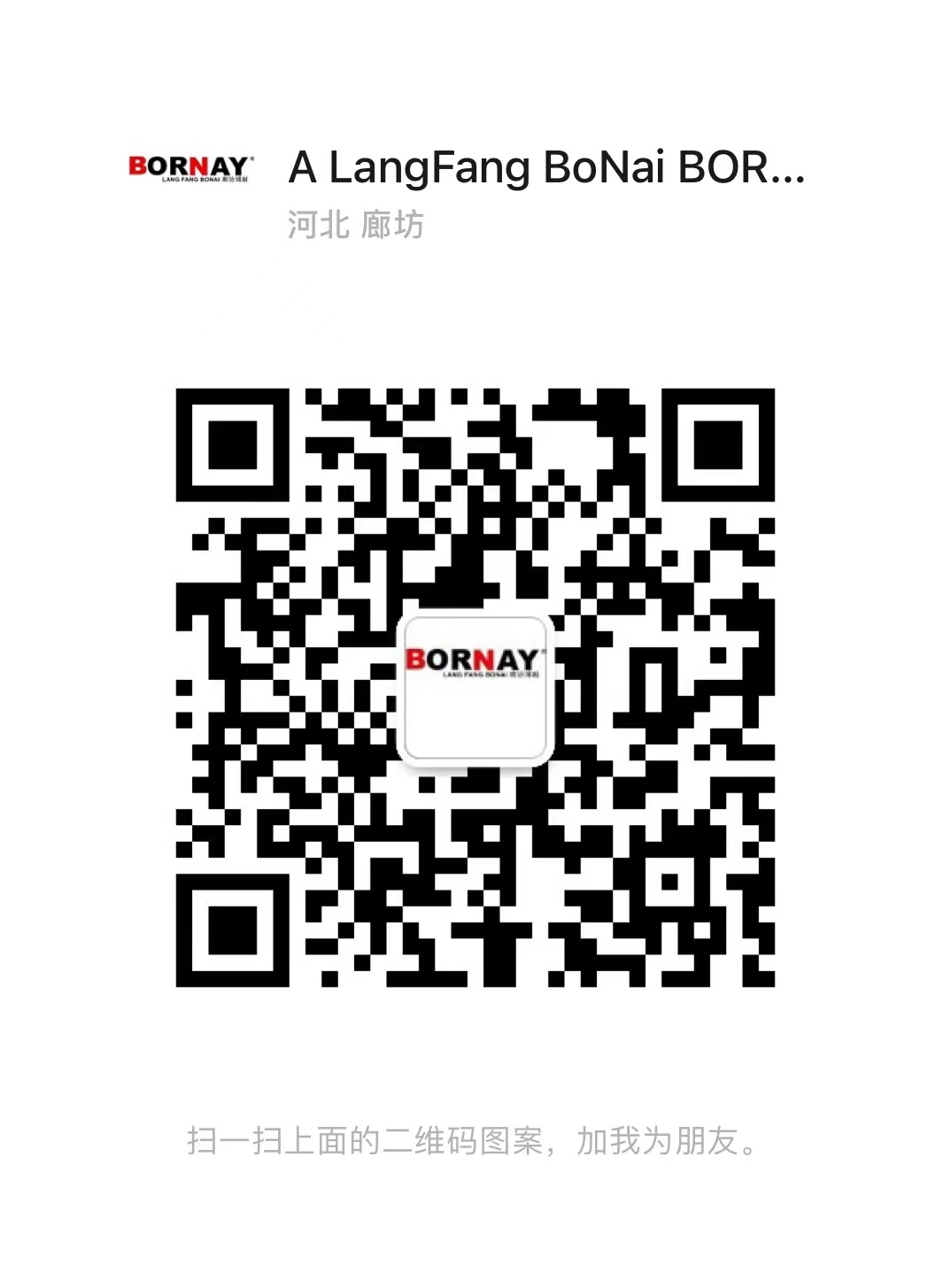Bienvenidos a Langfang-bonai
Best Quality FRP Corrugated Sheet Custmized Color for Roofing / Cladding Thickness – 1mm to 6mm (Resin- RL, UV, GP, ISO)
In today's construction industry, FRP (fiber reinforced plastic) corrugated sheets are widely used as a high-performance building material. Its unique performance, such as corrosion resistance, high strength, lightweight, and design flexibility, makes it highly favored in various construction projects. This article will explore how to customize high-quality FRP corrugated plates with thicknesses ranging from 1mm to 6mm, and provide a detailed explanation of the production process, design elements, and application areas.
1、 Production process
The production of high-quality FRP corrugated plates requires the following main steps:
Fiber weaving: Firstly, high-performance glass or carbon fibers are used to weave into pre designed shapes. The purpose of this step is to ensure the strength and durability of the board.
Resin impregnation: Then, the woven fiber cloth is immersed in a resin solution to fix the fiber shape and protect it from environmental influences. There are three main types of resins used: RL (vinyl ester resin), UV (UV curable resin), and GP (universal resin).
Vacuum induction: Place the fiber cloth soaked in resin into a vacuum bag to remove air and ensure that the resin fully penetrates the fiber cloth.
Heating curing: Under a certain temperature and pressure, the board in the vacuum bag is heated to completely cure the resin, thus forming a stable FRP board.
Cutting and processing: The cured FRP sheet will be cut and processed to meet the size and shape requirements of the customer.
Surface treatment: FRP sheets can be polished, painted, or coated as needed to improve their aesthetics and durability.
2、 Design Elements
When designing FRP corrugated plates, the following elements need to be carefully considered:
Thickness: Select the appropriate plate thickness according to the application requirements. Thicker plates have higher strength and load-bearing capacity, while thinner plates are lighter and easier to transport and install.
Fiber type: Glass fiber and carbon fiber have different performance characteristics. Glass fiber has a lower price, but its strength and weather resistance are relatively poor; Carbon fiber has high strength and light weight, but its price is relatively high. Designers need to choose the appropriate fiber type based on project requirements and budget.
Resin type: Different types of resins have different characteristics. For example, RL resin has good toughness and impact resistance, making it suitable for use in areas that may withstand significant impacts; UV resin has a fast curing speed and is suitable for large-scale production; GP resin has good universality and is suitable for various environments.
Color and texture: FRP corrugated panels can be customized in color and texture through spraying, film application, and other methods to meet the aesthetic requirements of architectural design. At the same time, different colors and textures can also provide different protection and decorative effects as needed.
Connection method: The connection method of FRP corrugated plates has a significant impact on their overall performance. Designers need to choose appropriate connection methods, such as bolted connections, bonding, or welding, to ensure stable connections between plates.
3、 Application field
FRP corrugated plates are widely used in the following fields:
Building roof: FRP corrugated sheets can be used for building roofs


